Introduction to the capillary rheometer
A capillary rheometer enables an exact characterization of the material to be processed by determining processing influencing parameters. Based on these parameters, it is possible to optimize processing of the molding material.
With a capillary rheometer, viscosities and shear stresses can be measured as a function of the shear rate and temperature. The determined values are converted into usable data for process optimization by means of models and correction procedures such as the Rabinowitsch-Weissenberg correction or the Bagley correction.
The measuring principle is as follows. The material to be analyzed is filled into a cylindrical barrel, compacted with a piston and plasticized. After a defined residence time, the material is pressed through a circular capillary at a constant piston speed. The data is then determined using the measuring instruments.
We offer various capillary rheometer versions, e.g. with single, double or triple barrel systems or with a counter pressure chamber. Furthermore, additional modules, so-called “ADD-ONs”, which enable you to determine further material-specific properties, can be installed on the systems.
A disadvantage of plasticizing the material within the barrel is that it does not simulate the real process conditions. In plastic processing applications, such as extrusion or injection molding, the material is plasticized before processing, which is not the case here. This can lead to erroneous measurements and thus to incorrect predictions about the flow behavior, which can result in production downtime and material waste. For a measurement to be as realistic as possible, the material must therefore be plasticized beforehand, which is made possible by the “CONTIFEED”, an ADD-ON for the capillary rheometer.
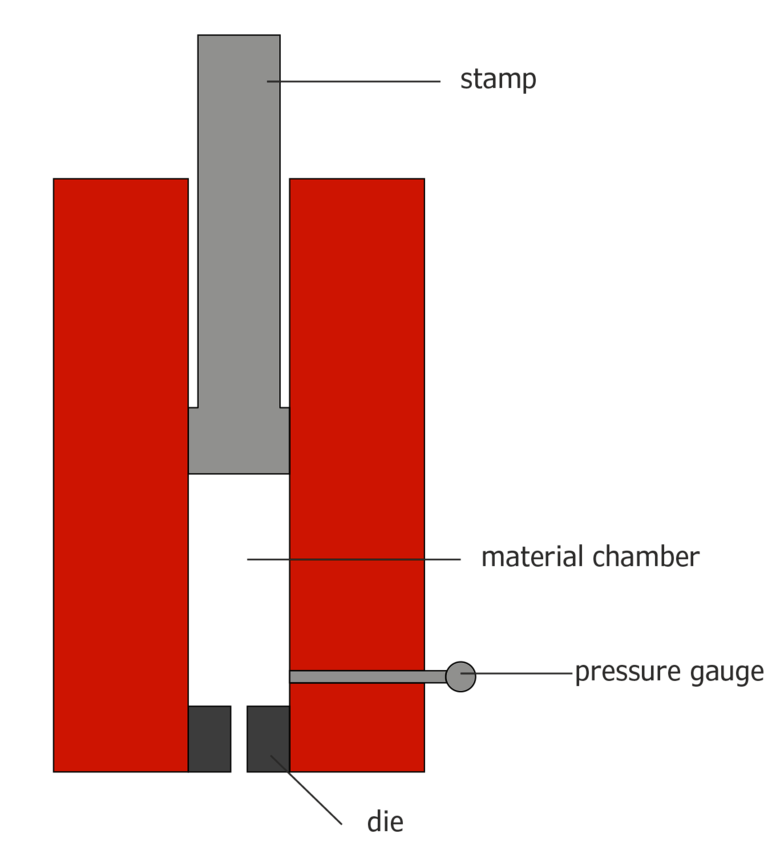 F
igure 1: Principle of a capillary rheometer
F
igure 1: Principle of a capillary rheometer
The CONTIFEED is a combination of a laboratory extruder and a single- or double-barrel capillary rheometer. The laboratory extruder plasticizes and homogenizes the material before it is injected into the system. This is particularly advantageous in the case of elastomers, as these are frequently blended with waxes and plasticizers in order to change their sliding properties. These effects of the mold lubricants are not taken into account when measuring without prior plasticization. Similarly, thixotropic effects are not considered as the liquid material in the barrel is not blended. The use of CONTIFEED is not only limited to elastomers, it is also suitable for all other thermoplastics. More information about the CONTIFEED and its advantages can be found in the report “A Capillary Rheometer with continuous feeding” on our homepage under “Applications & Knowledge”, Rheo-Info for Capillary Rheometer.
Installation of the CONTIFEED
The CONTIFEED is connected to the capillary rheometer by means of a bypass valve directly above the die (Figure 2). This setup allows a fully automatic filling and measuring routine. The residence time can be reduced by up to 50% due to the fully automatic feeding of the barrel. The figure shows a combination with a double barrel system. Both barrels are injected simultaneously. Additionally, you have the choice between a filling unit for rubber and for powder. The rubber filling unit features a cooled and grooved feeding zone as well as a special screw for plasticizing rubber. The powder filling unit is available with universal feeding zones and screws.
Influence of thermo-mechanical plasticization on the flow behavior of complex thermoplastics in capillary rheometers
In the standardized capillary rheometer test, the measuring sample is only melted statically and thermally. It is assumed here that the melt state thus achieved is comparable with the flow behavior of the polymer in the respective processing application.
The influence of plasticization on the measurement result should be illustrated using the following example measurement.
The respective measurements were carried out on a type RG75 capillary rheometer. The polymer available was a highly crystalline HDPE.
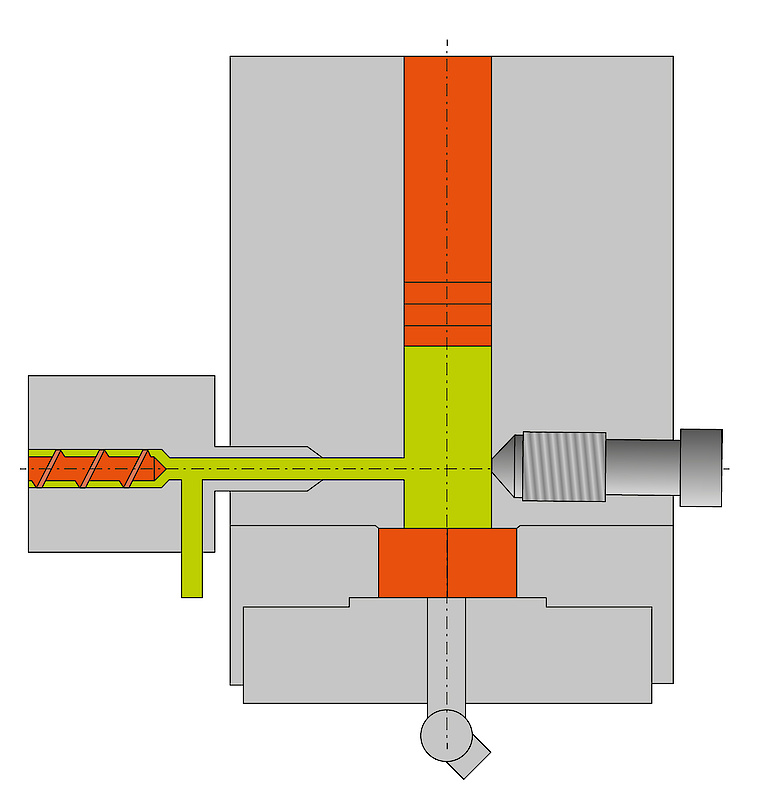 Figure 2 : CONTIFEED
Figure 2 : CONTIFEED
First, the material was melted statically and thermally inside the barrel of the capillary rheometer as usual. After the measurement and correction of the data using Bagley, Mooney and Rabinowitsch-Weissenberg, it becomes clear that the three correction methods mentioned are not applicable, which is also evident in the diagram. The flow curves are not completely described here (Figure 2).
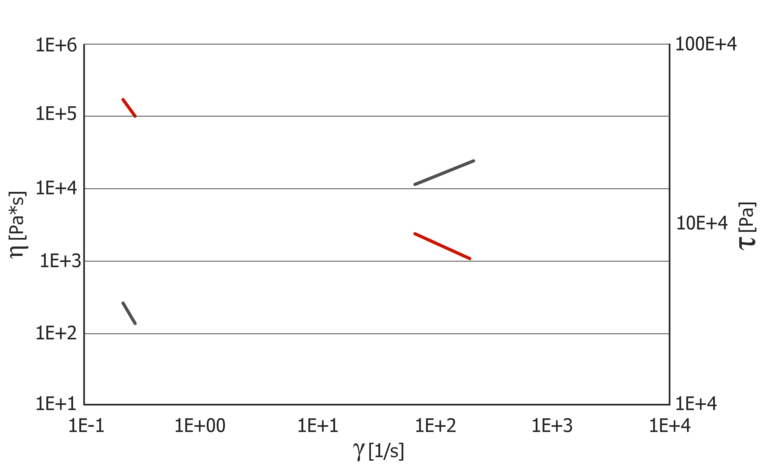 Figure 2: Bagley and Mooney correction - performed incompletely
Figure 2: Bagley and Mooney correction - performed incompletely
The Mooney correction only results in an incomplete picture of the sliding speed as a function of the shear stress. Thus, the material behavior cannot be assessed at higher throughput or pressure levels (Figure 3).
 Figure 3: Sliding speed determined via Mooney correction – only partially possible
Figure 3: Sliding speed determined via Mooney correction – only partially possible
The reason why the known correction methods cannot be applied is that polymers are becoming more and more complex. This increased complexity is due to the use of additives, such as plasticizers, stabilizers and light stabilizers, which change the polymer structure. This lead, for instance, to a higher molecular weight with more pronounced crystallinity and better strength. Since the correction models mentioned originate from the beginning of polymer technology and are based on the simpler polymer chains of the time, they often fail because of the much more complex polymers used today.
The solution to this problem is the CONTIFEED, an ADD ON for our capillary rheometers, which allows a homogeneous thermal-mechanical plasticization of the material. The blending effect of the CONTIFEED screw makes the polymer chains more homogeneous. The following diagram (Figure 4) demonstrates that thermal-mechanical plasticizing has a decisive influence on the measurement result.
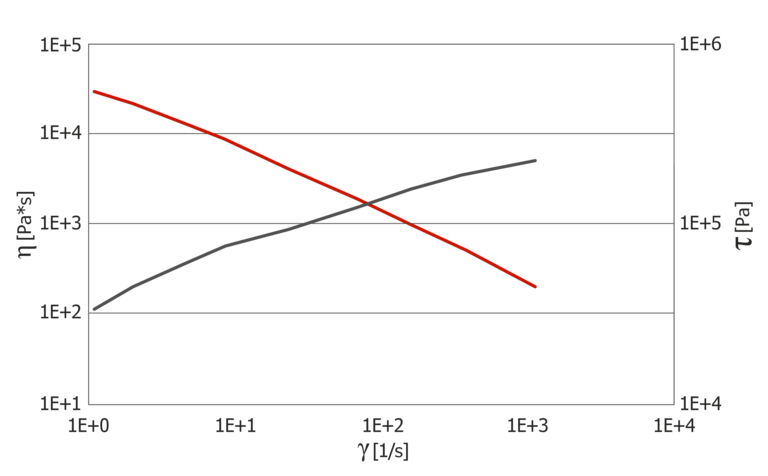 Figure 4: Bagley, Mooney and Rabinowitsch-Weissenberg correction - completed successfully
Figure 4: Bagley, Mooney and Rabinowitsch-Weissenberg correction - completed successfully
After all corrections have been successfully carried out, the sliding speed can also be determined across the entire measuring range (Figure 5).
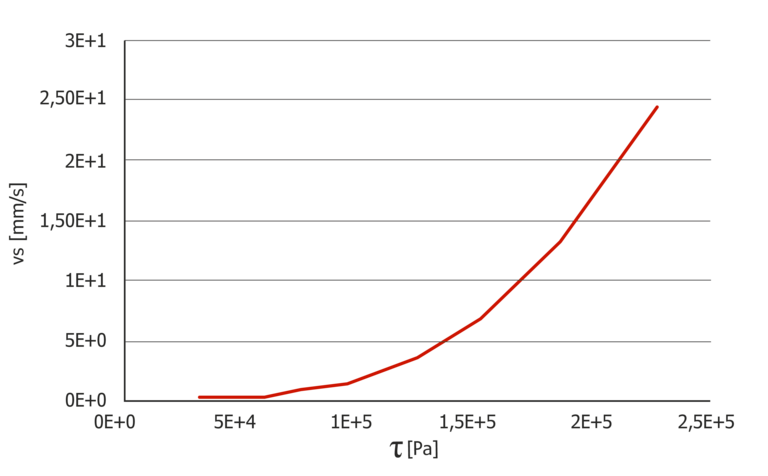 Figure 5: Sliding speed determined via Mooney correction across the entire measuring range
Figure 5: Sliding speed determined via Mooney correction across the entire measuring range
For this measurement, the material was thermally and mechanically plasticized using the CONTIFEED. The screw-based feeding method of the CONTIFEED now allows the application of the three correction methods, as shown by the two complete flow curves. The flow properties can now be determined precisely on the basis of these data.
Conclusion
In summary, it can be said that the innovative thermal-mechanical homogenization using the CONTIFEED represents a significant improvement for realistic testing of the material, in particular with regard to the ever more complex polymer structures. The successful application of the traditional correction methods, such as Bagley, Mooney and Rabinowitsch-Weissenberg, are the striking proof that the method of plasticization in capillary rheometer tests is anything but trivial!